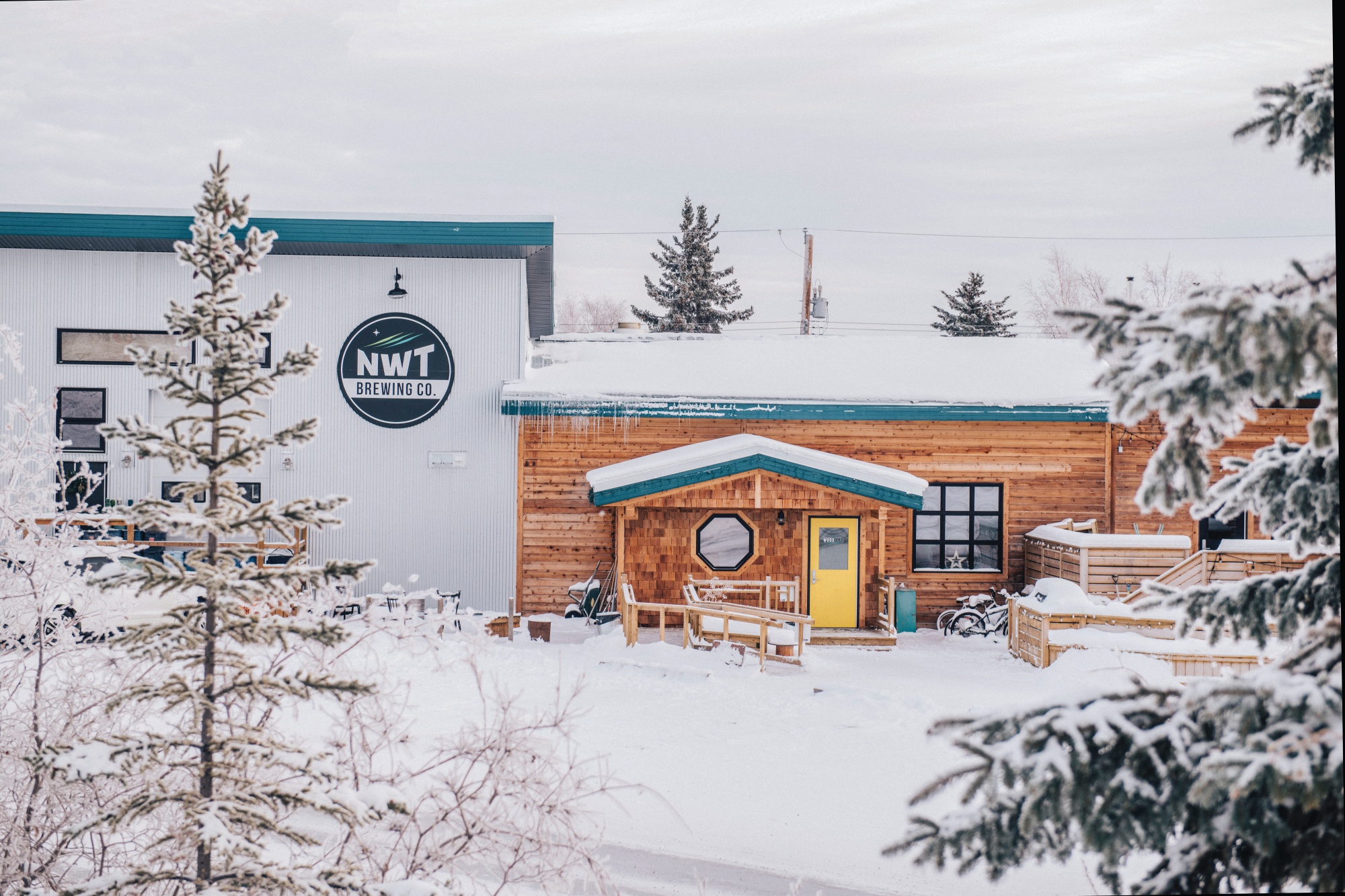
A mechanic turned brewer. There have been a few… But how many have helped set up the northernmost brewpub in Canada? That’s exactly what Fletcher Stevens and his wife Miranda Stevens did back in 2015. Located in the spirited town of Yellowknife, Northwest Territories, the duo have taken local beer fans on a journey in craft beer. But in 2023 and beyond they’re looking to spread the good word of NWT Brewing Company even further afield, too.
Some moments are a once in a lifetime opportunity. Those times where you try to capture lightning in a bottle, no matter how unlikely or improbable that may be. For tourists around the world, and there are literally millions of them, the hope of catching a glimpse of the Northern Lights is one such fleeting moment.
Unless you visit Yellowknife, that is. Yellowknife is the capital city of Canada’s Northwest Territories, which lies on the north shore of Great Slave Lake. Visitors come from all over the world to experience its incredible attractions. Why? Well, its famed Aurora are visible 240 nights of the year. Yellowknife is also home to NWT Brewing Company.
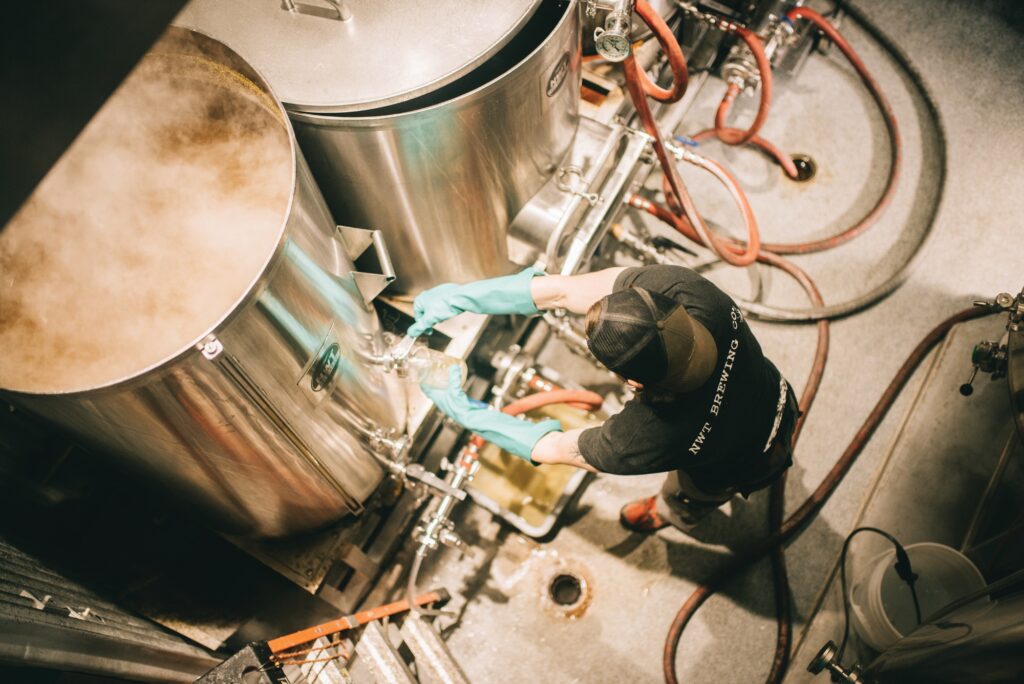
Nestled between the wonder of the aurora borealis and the rugged nature of the northern frontier, The NWT Brewing Company opened its doors in November of 2015 along with their brewpub The Woodyard Brewhouse & Eatery located under the same roof in the historic Old Town.
NWT Brewing Company’s home of Yellowknife is a city that was officially founded in 1934, when the area today called Old Town was little more than a few cabins and a rough-and-tumble mining camp. It evolved into the seat of the territorial government—a legacy still on display at the Legislative Assembly—before another mining boom arrived in the ’90s with the discovery of nearby diamond deposits.While the brewery’s bricks and mortar business opened for business from 151 East Liberty Street in May of this year, the story of Something In The Water can be traced back to late 2019.
The city gets its name from the copper tools historically made and traded by the local Dene. The most common Dene name for Yellowknife is “Somba K’e,” which translates to “Where the money is.” It’s a fitting title for a town with a gold-mining history. It’s also somewhat fitting that the brewery’s co-founder, Fletcher Stevens, turned to brewing after a career working with tools of a different kind.That would take the form of Lee River Blackberry Vanilla. A 4.9% kettle sour, it showcases blackberry purée from Oregon before fermentation and then again after primary fermentation. The beer is then finished with Madagascar Bourbon Vanilla Pods before transferring for packaging.
Co-founder Fletcher Stevens has lived in Yellowknife most of his entire adult life, building a career as journeyman mechanic until he discovered his love for craft beer. A homebrew kit purchased by his wife Miranda as a Christmas gift soon turned a hobby into an obsession. It wasn’t long before his beer was getting rave reviews from friends and family.
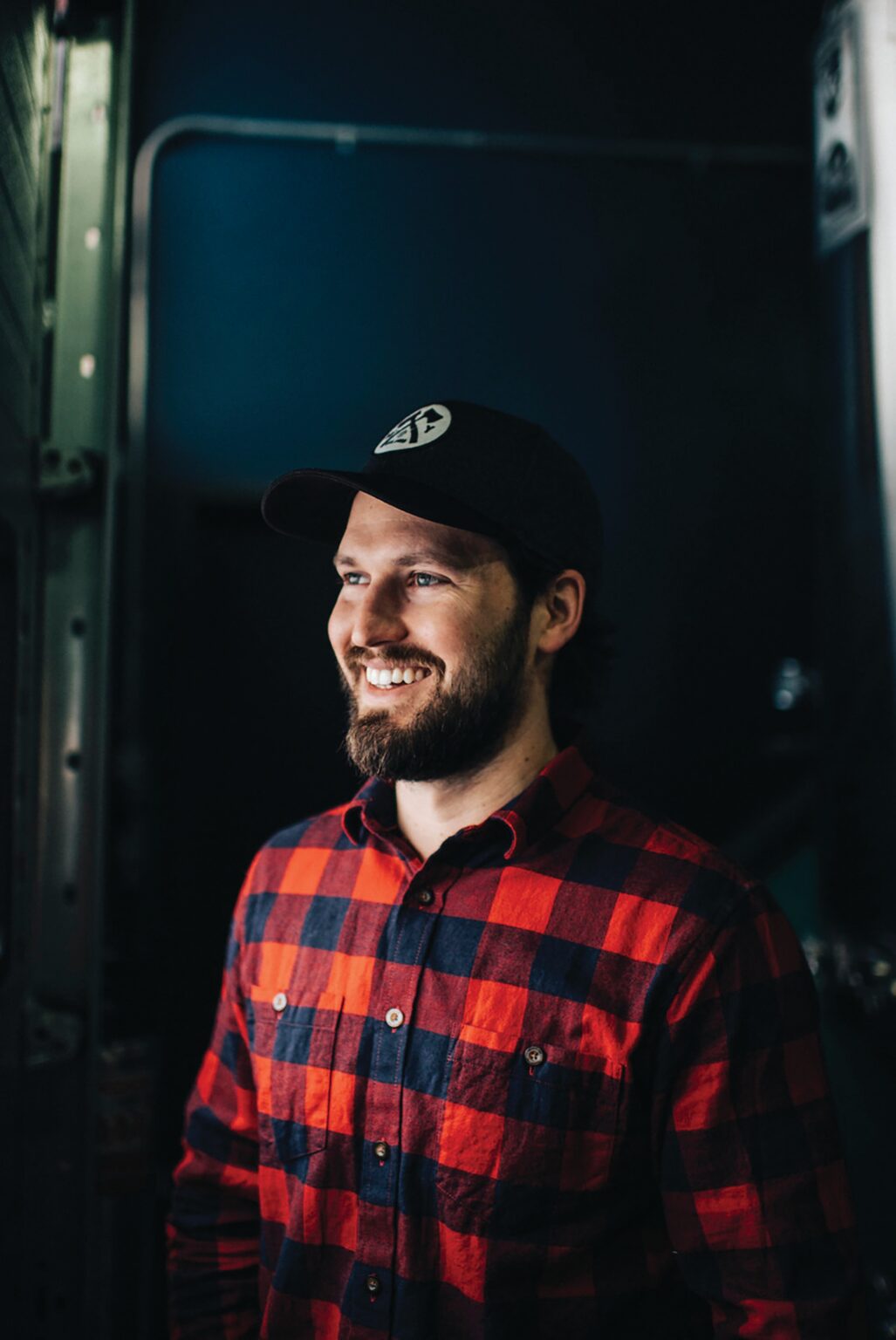
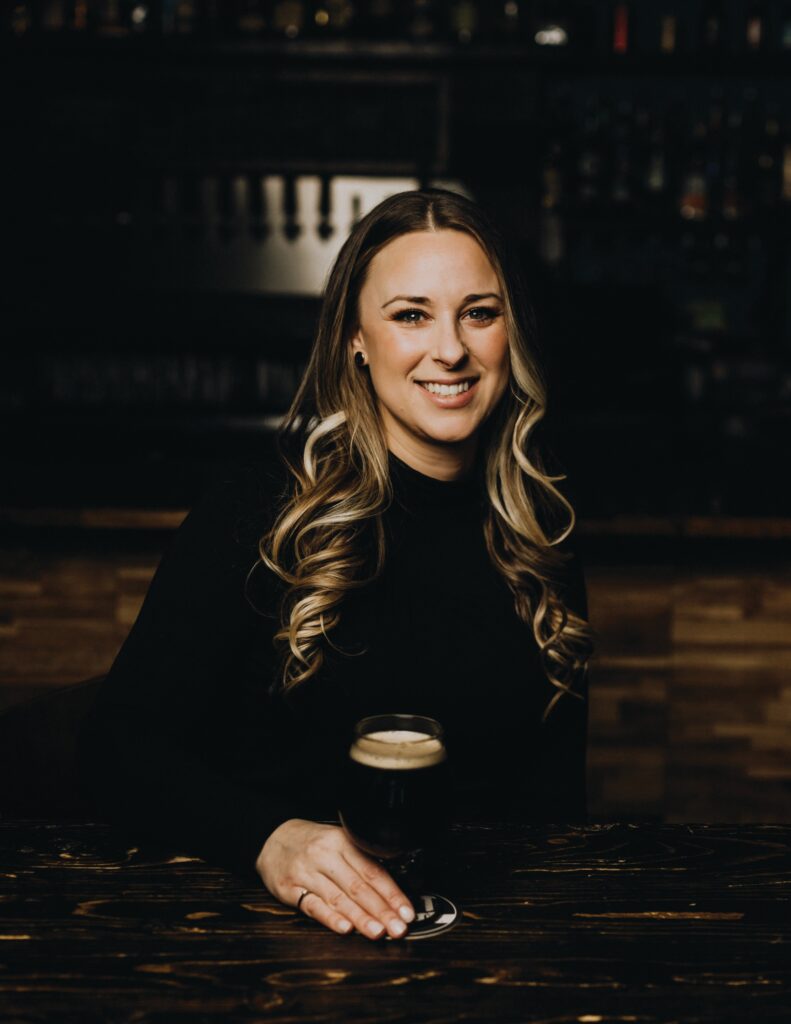
But he needed a little more confidence before diving head first into his next big venture (of course, pending Miranda’s approval). After medaling at several Canada-wide homebrew competitions in 2012, Fletcher was ready to take on a new career path confidently and with the reassurance he needed that his beer would sell.
In January 2014, the duo quit their full-time jobs to become business owners. With Fletcher as brewmaster and Miranda as general manager, the two make-up the heart of NWT Brewing Company and Woodyard Brewhouse and Eatery. The two paved their way through an untapped industry in the far North that posed many challenges but alas, local beer was eventually flowing in Yellowknife.
And last year following a long pandemic, the team successfully expanded the brewery operations into a new larger brewing facility down the road from the brewpub with the goal of tapping into new markets. And for most of time, you’d no doubt be able to spot Fletcher as he’s also probably one of the only people you’ll find in Yellowknife working in a t-shirt when it’s -31°C.
“The funny thing is, with our boilers working, and the heat recovery we are doing, it’s anywhere between 25-30°C in here most days. We have all of this free cooling outside, it’s just working out a way to make it work for us!” he laughs.
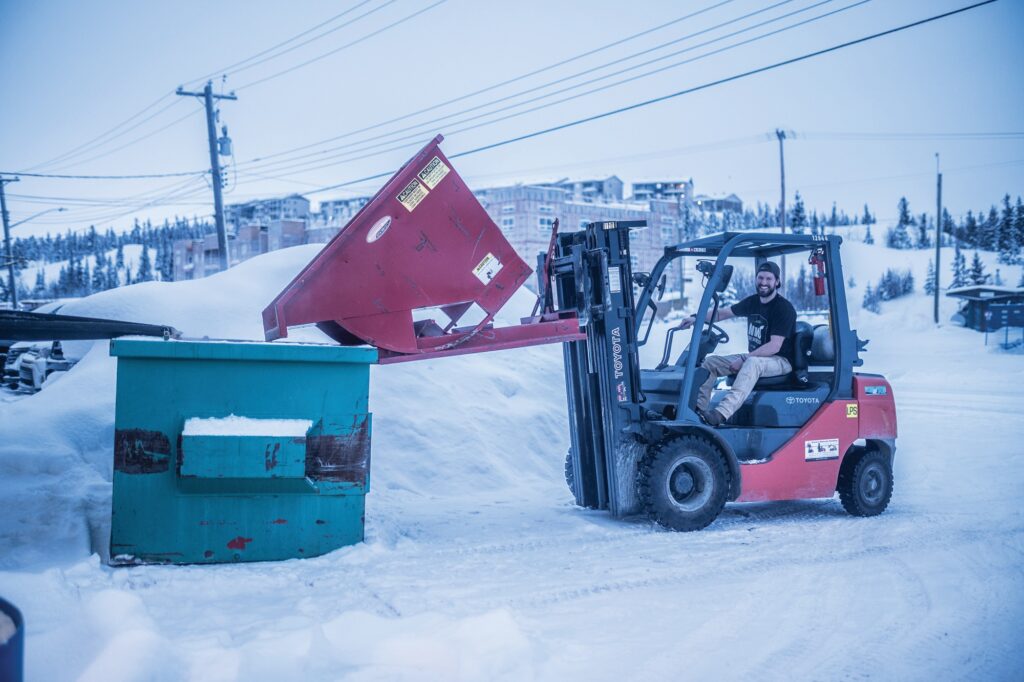
Fletcher’s brewing story, like many before and after him, started with that famed homebrew kit.
“Miranda bought me that kit and it just kind of like exploded from there. That’s essentially what feuled it,” he recalls. “I was mechanic by day and she thought the cost of beer up here was so expensive, so I should give it a go making it myself.
“And in doing so she unleashed this monster where before you knew it, I started building my own equipment, coming up with different contraptions and looking ways to make everything better and how to be more efficient.”
Before long, he found himself brewing a beer for their wedding – a Witbier. This Belgian style wheat beer is brewed with a colourful mixture of chamomile, coriander, and orange peels that complement its peppery yeast nuances and strong wheat backbone.
“Everyone was telling me we should be doing something more with this as the beer was really good. But I just told myself that ‘they’re drinking for free – anything tases good at that point!’”.
Needing more affirmation in his abilities, Fletcher would further engage with Canada’s home brewing circuit. But if he was going to do things at all, he was going to do things properly…
“I started entering various competitions but I didn’t trust that any of my homebrew samples would make it to their destinations properly, so I would fly out to places like Winnipeg, Calgary and Vancouver to ensure I delivered them myself,” he smiles.
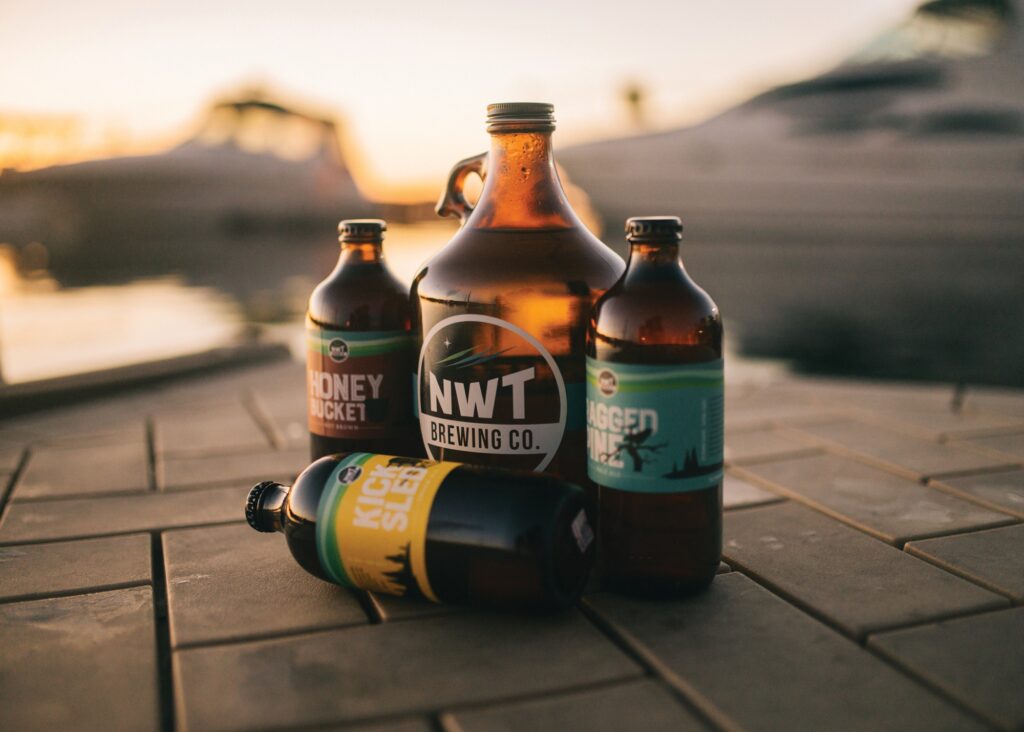
Fletcher adds: “And while I was visiting these cities and towns I would go on brewery tours, work alongside the brewers and get involved in some training, too. It allowed me to get my foot in the door.”
These excursions would also enable him to lean more about the complex world of awards guidelines, too. His 5.5% Honey Bucket nut brown boasts a dark ruby-brown appearance, but goes down smooth, crisp, and perhaps a bit nutty. A mixture of chocolate and honey malts lend to rich cocoa flavors followed by dry, roasted notes, and enough sweetness that lingers until your next sip.
“I was told the beer was great but not to style. Until I was informed that it falls into the category of ‘Northern English Brown’. At that point I realised that I guess I have to actually do my research and enter beers accordingly!” he says.
But he needn’t have worried. Within the brewery’s year of operation, their crowd-pleasing beer, Kicksled Cream Ale, won a bronze medal at the Canadian Brewing Awards landing the NWT on the Canadian beer map. The Woodyard Brewhouse & Eatery has not only become a pillar in the Yellowknife community but was named one of the top 50 bars in Canada in 2018. The irony of that beer picking up accolades was not lost on Fletcher, however.
“Early on, we had three beers. The Wit, Honey Bucket nut brown and an APA. I remember getting into arguments with Miranda because early feedback of the APA was that it was too bitter and maybe I should change the recipe. I said if people don’t like it they can order a different beer as I’m not going to change it!” he laughs.
“Alongside our beers I had curated, perhaps selfishly, a selection of Canadian and American beers that I enjoyed and appreciated. But after only several months we found that people were leaving the guest taps and only drinking our beers, which was a great feeling.”
However, there was the odd beer that consumers still imbibed and one that NWT didn’t have on offer themselves.
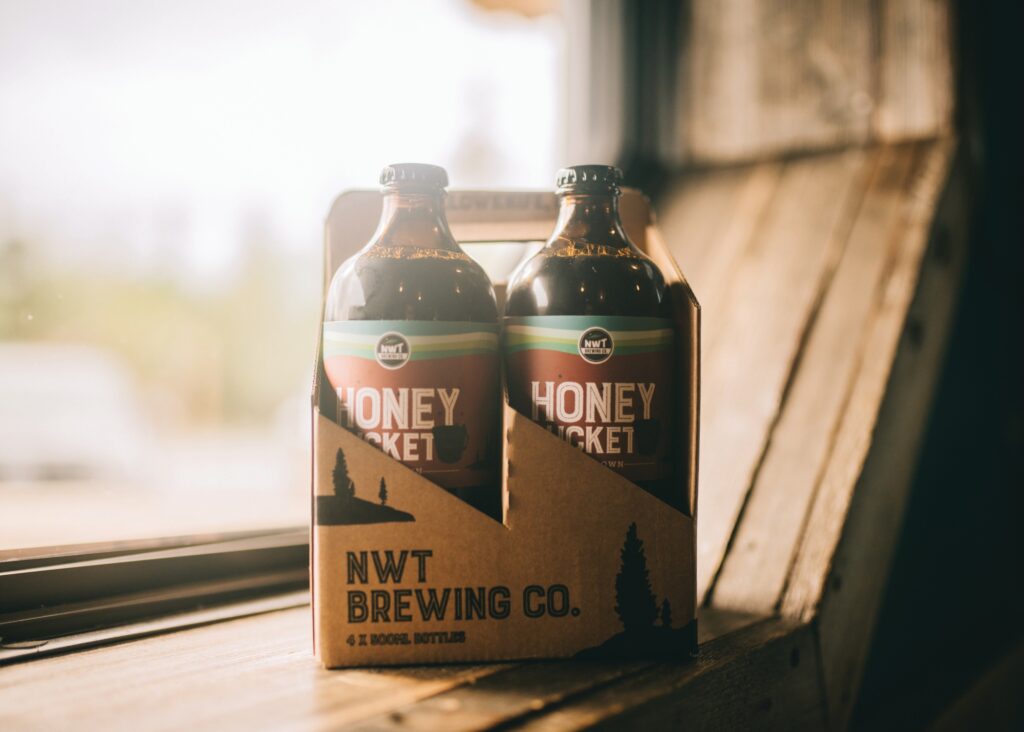
He explains: “The Cream Ale on tap always sold well so I thought ‘alright’ I’m going to brew a Cream Ale. I had wanted to launch with a Pilsner but that was always going to be a challenge for the limited capacity our brewery had, but instead found myself brewing a Cream Ale.
“And by the third time I brewed it, it picked up bronze medal at the Canadian Brewing Awards. It was extra validation of what we do but also propelled that beer to become our flagship beer and regrettably, that wasn’t the beer I wanted as our flagship beer!”
Regardless, industry and community validation of these beers was a point for NWT. A tangible sign of progress from early feedback to the effect of “It’s fine that you’re opening a brewpub but the beer better be good!”
“Those type of comments would sometimes cast a little shadow on what we were planning but I’m stubborn and I had faith in what we were going to be doing, and I knew the beer would be good,” says Fletcher. “I had seen enough of the craft beer movement elsewhere in Canada to know it would work here, too. And thankfully we were right. Anyway, I was far too deep in this whole thing to even consider turning back.”
Fletcher and Miranda were vindicated by their faith in NWT, and as time passed demand for their beers grew and grew. Hitting the point where the inevitable need for larger premises would reach their door. But the journey to getting to the point where they could brew on new kit, in a new facility was the polar opposite of straightforward.
When it came to kitting out The Woodyard Brewhouse, NWT had opted for equipment from Portland, Oregon. “We had a whole sleuth of headaches once it landed in the Northwest Territories with the need for Canadian certifications on the equipment and things like that,” he recalls. “There was a lot of red tape for a humble business like ours, so I told myself that next time – we will use Canadian kit.”
Fletcher goes on: “My wife’s family is from Abbotsford, British Columbia, so when it came to investing in our new facility, it probably made sense to go with Newlands Systems (NSI). I hummed and hawed for a good while but also thought that if I ever needed spare parts, my father-in-law could go visit
“But after six months we put the deposit down on a semi-automatic system complete with all the bells and whistles. Everything was going well, I’d be speaking nearly daily with our team there for some two months then things went a little quiet.
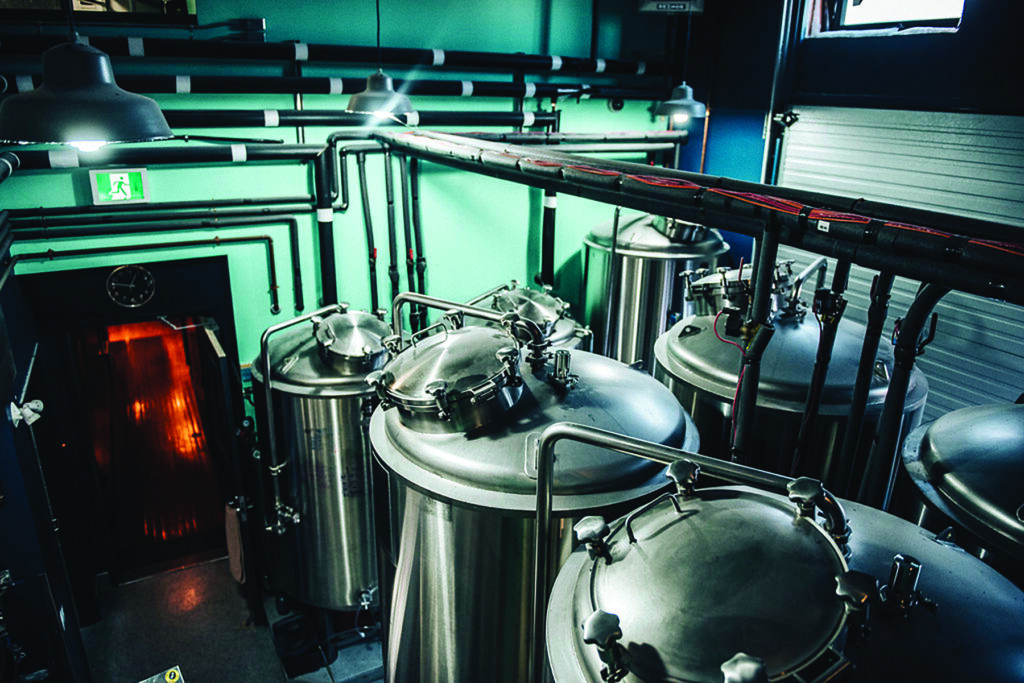
“I got a call one morning asking ‘Have you seen this?!’. He had seen comments on the website Reddit that NSI had shut its doors. And that was that. Just like that we had lost a very large sum of money.”
The financial failure of DME Brewing Solutions (DME) and Newlands Systems (NSI) would affect countless businesses and banks, and other individuals and companies. It would impact breweries that had opened, or were yet to open, in a multitude of ways. Fletcher and Miranda knew they had to act fast, despite the hammer blow they had just received.
“Within 24 hours, my inbox was filled up people trying to sell me equipment. That stung. But the facility we had signed a lease on was one of the last properties in Yellowknife in the Old Town area to be located on the water. We couldn’t face losing it.”
News of the brewery’s loss made local news, and the duo opted to take some time away to “let off some steam”. They would then turn to Specific Mechanical in British Columbia to help them get back on their feet.
“I had to compromise on some of the features I had planned for this new brewhouse so that meant saying farewell to the infusion mash. It was hard for the beer geek in me to do that. But at the same time, the phone of my sales colleague at Specific Mechanical was blowing up all the time. People needed kit and they needed it fast. They gave me peace of mind in the transaction so off we went.”
So, after that major hurdle overcome. NWT would live happily ever after.
Wrong. It was now the turn of COVID-19 to take centre stage in the world of NWT and all those around it.
As the brewhouse commissioning neared, the pandemic struck. There was a ban on unnecessary travel unless you were essential services. “The border was locked down,” he recalls. “So getting anybody to come to commission any equipment was just off the cards. So we pretty much put this all together ourselves. Thankfully I’m a mechanic by trade so that helped. It’s a profession I fell into but one I knew I could always use to support me and my family.”
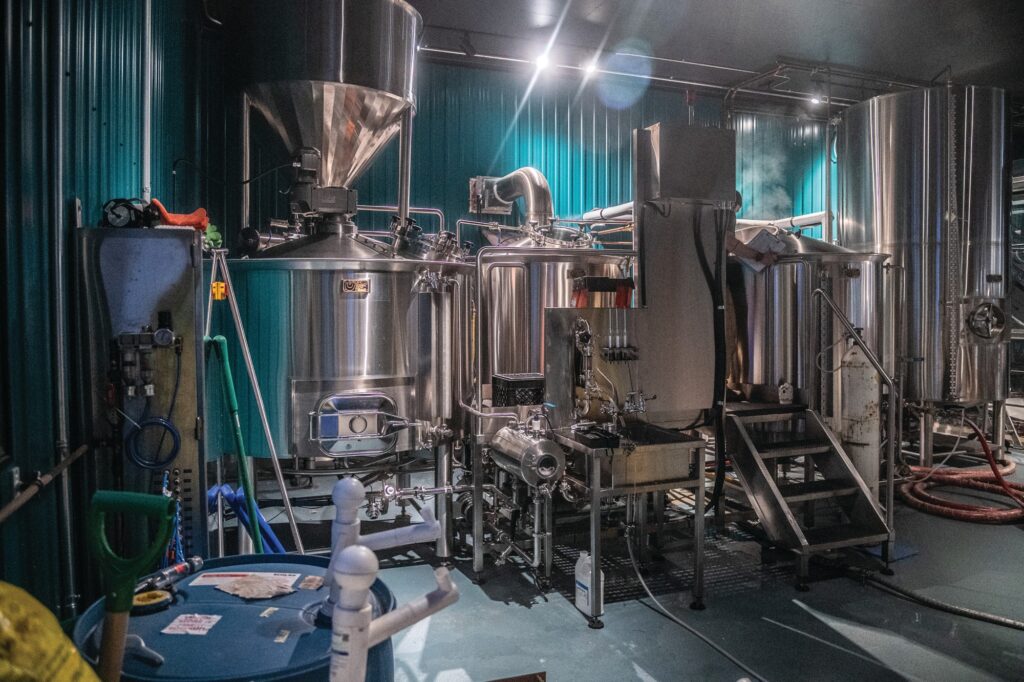
Brewing on the new setup would eventually commence in August 2022. But, as they say, better late than never. And with it, Fletcher, Miranda and the team are looking to broaden to reach of the brewery’s beers but also do their own bit to put Northwest Territories on the map.
He explains: “We love innovating with the beers we produce. I think we punch above our weight class putting out something like 25 beers a year. But on the brewpub kit every turn of production yields 420 litres, so we brew three times to fill an FV.
“Our new setup allows us to brew more, and to look to markets outside of the local area. We really do want to help put this place on the map as I believe we are an underrepresented territory in Canada. So that means having our beer in Alberta and BC this summer. We don’t want to be overzealous in our approach, but we are enthusiastic and ambitious in it, too.”
News of the brewery’s loss made local news, and the duo opted to take some time away to “let off some steam”. They would then turn to Specific Mechanical in British Columbia to help them get back on their feet.
And in doing so, that means spreading the word of the Northwest Territories through core beers such as Ragged Pine Ale, Honey Bucket Brown, the famed Kicksled Cream Ale and also Bug Repellent IPA. The latter’s name being one that continues to raise questions among the inquisitive to this day…
“When I craft a beer or come up with a recipe, I’m always trying to pull on things that makes you feel as if you are coming along for the experience. But when it comes to Bug Repellent IPA, you could argue that one backfired on me!” he smiles. “Like most fans of IPA, we’re always trying to make those around us try those beers, too. I was like that with Miranda but she just wasn’t a fan.
“But eventually she went on a trip, had one she liked and said maybe I should try and make one for her. So away I went, and brewed one. She tried it, loved it and asked who made it. I told her: ‘I made it, this is yours’.”
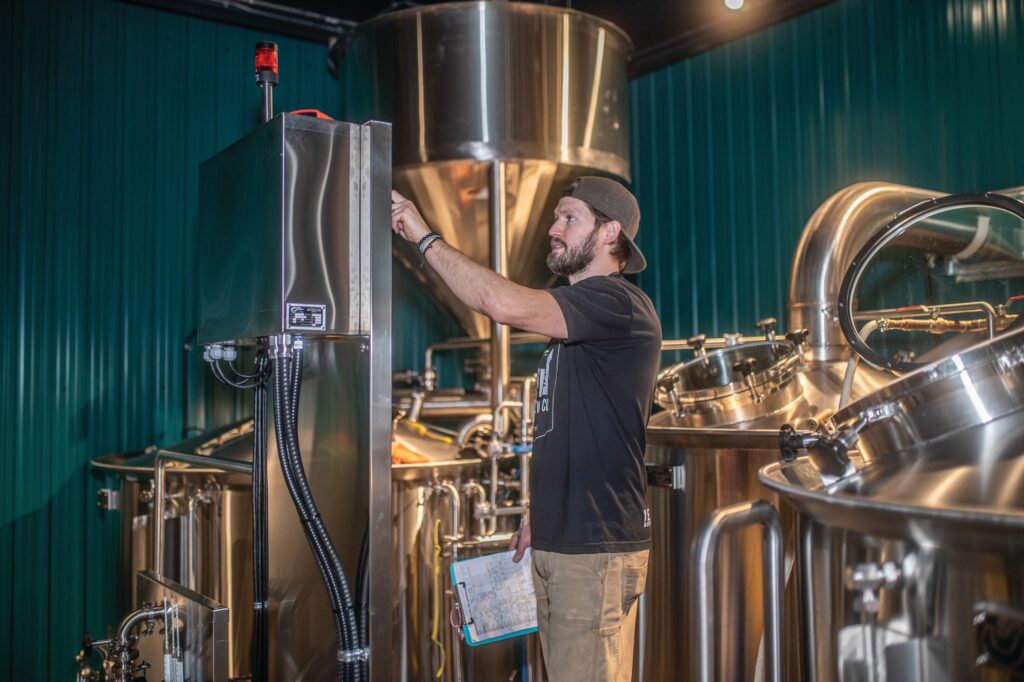
“She would continue to encourage me to pursue brewing more professionally and told me others would enjoy this beer, too.”
But before then, the much-loved IPA would come with the duo on a camping trip on the Great Slave Lake, the second-largest lake in the Northwest Territories of Canada. “The fishing is amazing up there and it’s a place that is very close to my heart. Also this is what people from here do. We meet someone from the south and bring them up north!,” says Fletcher.
He adds: “So there we were, camping on this marsh. Despite the spray, I think she decided to stop counting the mosquito bites once there were more than 70 as she was losing her mind. But we had this beer with us, a West Coast IPA. And the fact that Citronella candles help repel mosquitoes brought the whole beer story together. I just need to convince people the beer doesn’t taste like bug repellent either!”
But with those plans to bring the experiences and stories of the Northwest Territories to more and more people, Fletcher and Miranda should be prepared to tell that tale a fair few times yet.
“When people realise we go from having three hours of sunlight in winter to 24 hours I the summer, people lose their minds. They go crazy!” Fletcher laughs. “And that reaffirms why I love it here, and why I’ve been here pretty much my entire life.
“I want to let our story be known because, do you know what? It has been a journey, that’s for sure…”
—
As featured in the Winter 2023 Edition of Brewers Journal Canada.
